This is an appendix to the Where We Came From series, suggested by Eversion developer @zarawesome.
In the beginning, there was the arcade.
In the arcade, you would find a platoon of brash, noisy cabinets, screaming over each other and pleading for your silver. They were more seductive than the penny fountains, one-armed bandits and claw machines, these coin-hungry bastards that understood addiction all too well. Sometimes it was better to find a forgotten machine alone in a café, with less competition from the environment; it could be what it was intended to be.
But the expense of an arcade lifestyle meant a console was destined to find a place in our homes and become our first videogame soul. For most, this was the Atari Video Computer System, known today as the Atari 2600. In 1980 my parents bought one and it was always referred to as “the Atari” until we sold virtually all our cartridges two years later to fund the purchase of an Atari 800 home computer. Then it became forever known as the VCS. I still think of it as the VCS.
We moved house recently and one of the boxes pulled out of storage contained the VCS. It wasn’t the original woodgrain VCS from my childhood but the later cheap-looking version, sometimes dubbed the Atari 2600 Jr., produced when Atari thought slapping their shitty silver branding on a thin plastic slate was the epitome of cool. This was a machine I’d bought in my student days when I wanted to recapture those past, ancient glories.
I decided to put the VCS through its paces again and see if the games were still fun – and what my children would make of them. In an era of Minecraft and Angry Birds, could square blocks still entrance? And would the machine even turn on?
UHF 36
The original woodgrain VCS did not sport a light so it was anyone’s guess whether power was coursing through its silicon veins. The later models did, however, and after I plugged in the adapter and slid in a cartridge, I saw the comforting red glow of the power light. First hurdle negotiated.
The next hurdle was tuning a channel to pick up the machine. Today, we’d just use HDMI cable but back in the day the only input a television had was the RF aerial socket. In the UK, video recorders and game consoles would mimic a station broadcasting on UHF channel 36, so you’d plug in the VCS and have to tune the television to find the Atari. Our smart TV was still happy to search for analogue channels, so I hoped the signal was strong enough for our modern smart TV to find it. Indeed it did, but the picture was never quite stable. Sometimes when I’d restart the VCS, I would get a crappy picture as if it wasn’t tuned in properly. It was also disconcerting that the entire picture, midst game, would sometimes glitch and crackle as if someone had tugged on the power cable.
There was one more hurdle. Ye olde Atari joystick was controller of choice during my childhood, like holding a small, responsive tank in your hands. As it was designed to have just a single trigger, no game was rocket science and you never had to worry about a Defender-style button layout. But its design was not without flaws. Angry players would pull the stick so hard that, with the stick acting as a lever, easily break the components within. Also, the internal dome contacts that would respond to the pressure of the stick movement were vulnerable to this stress and eventually would stop functioning properly, misreading the input. I had some Atari joysticks but they were stiff and the contacts were not working properly. It was time for the backup plan.
Atari’s joystick port design was not patented and became the de facto controller standard during the 80s. Any controllers from the era would work and my fallback for the last 20 years has been to use my still-functional Sega Megadrive gamepads, where the B button assumes the role of the red Atari joystick trigger.
We were at last ready. Spectrum is green.
Only Human
In our first session, I concentrated on Atari’s early years. The VCS was designed as a sort of high-tech Pong machine and cartridges had to be coded up in just 4K of memory. More could be made of this memory if human adversaries were used instead of trying to code up AI. This meant the VCS, initially, was more famous for local multiplayer than solo play. Later impressive titles such as Adventure and excellent implementations of Space Invaders and Missile Command would show that solo play was very much possible.
I had introduced some of the games on the Stella emulator previously, but I think the box itself provided a different frame for the experience. My children were witnessing an old box running old games, rather than having a modern PC pretend to be stupid.
They liked Sky Diver although no one was particularly good at it. Two planes fly across the top of the screen and the player decides when to jump out and when to open their parachute. Once the parachute is open, the player can control their lateral motion although they are also subject to the wind. The lower the parachute opens, the more points you get… if you land on your pad.
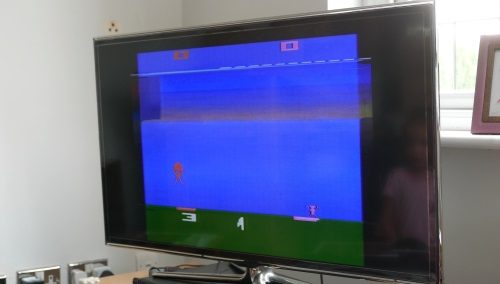
It’s a difficult game, particularly for younger children. Press trigger to jump out, pull down to open parachute, push left and right to fight wind or get in right position… sometimes where you jump out of the plane will determine whether you can reach the pad or not. The wind always seemed to change just after you landed and missed the pad, as if the game were having a chuckle at your expense. That pause between landing and the next round feels almost comic. I guess it’s not strictly fair but it’s fair enough. Each game is short, with nine rounds, so there’s not much downtime; but we routinely got close to the perfect 99 score when we used to play in the 80s. Despite the difficulty, the children seemed to enjoy it. The “chicken” variation with a single landing pad is still hilarious.
We tried out Maze Craze in which you had to escape a procedurally-generated maze, something that seemed impressive at the time. Also, like most children, I was hooked on numbers and Maze Craze had the biggest numbers. Space Invaders sported “112 Game Variations” but originally Maze Craze offered “256 Game Variations” before it was relabelled with a more humble 16. These variations come from combining different gameplay tweaks and features. Today, you’d just select the options you wanted from a menu, but back then you’d have to keep pulling the “game select” switch until you reached the required variation number defined in a table in the instructions. A high number of variations just meant a lot of really dull modes you’d never select.
75% of the Maze Craze variations involved part of the maze being invisible which really isn’t that fun. However, being older, I became aware of the incredible differences between how the three of us saw the game. I could spot the way out in a glance, because the maze was not dense enough to sow confusion. My 8-year old son, K, had a more local grasp of the maze and able to gauge where he had explored and where he should go next. My 6-year old daughter, L, had enormous trouble, unable to see anything beyond a small radius around her little avatar.
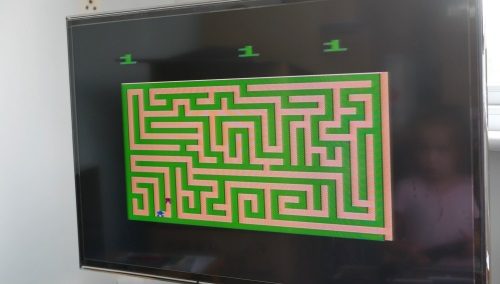
One of the best features of the VCS, one which has been largely forgotten in the quest for “fair and balanced” systems, were the difficulty switches for each player. When two players of unequal skill played each other, like a parent and a child, you could adjust the difficulty of the game. In Maze Craze, I activated the higher difficulty for K which made him move slower but his superior grasp of maze geography meant he won virtually every time.
We tried some of the variations where you have to catch robbers in the maze… and others in which you must avoid them. However, the maze was never complicated enough to make this interesting. The robbers started near the exit and followed simple sweep algorithms which made it difficult to miss them, whether you wanted to or not. Thumbs down.
The killer app for the Atari VCS was Space Invaders. It wasn’t Space Invaders from the arcade, but it was brilliant in its own right. The Space Invaders developed for the technologically superior Atari home computer paled in comparison, drenched in colours with a little rocket ship parked on the side of the screen. VCS Space Invaders was a triumph of minimalism. The joyous bloop of blasting a single invader into oblivion progresses into a satisfying bloop-bloop-bloop rhythm as you tear through a whole column of the invaders. The constant beat of the invaders’ march across the screen keeps the tension going, which gradually accelerates into that familiar rattling of the final invader sprinting across the scene, shoot him shoot him shoot him. It also supports two players, although they share lives.

The children focused much more on shooting the invaders and did not pay enough attention to the invaders’ bombs so their games were inevitably short. After I taught L to sit still behind a shield and shoot from relative safety, they got close to finishing the first wave.
But I have to move them on because frustration is toxic as neither of my children have yet developed a tolerance for difficulty. Regardless of whether a game is old or new, a lack of progress means the game is interpreted as an impossible challenge.
I have to hurry them on before this occurs, otherwise they will never return to these games again.
Download my FREE eBook on the collapse of indie game prices an accessible and comprehensive explanation of what has happened to the market.
Sign up for the occasional Electron Dance Newsletter and follow on Bluesky or Mastodon!



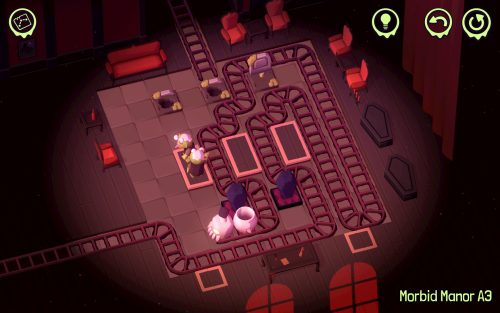
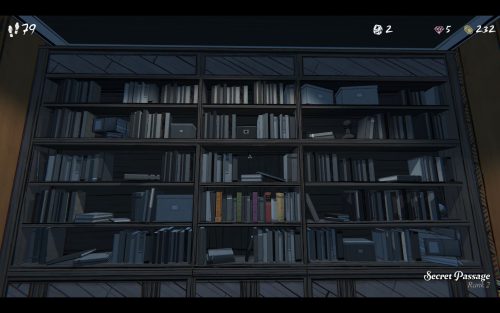

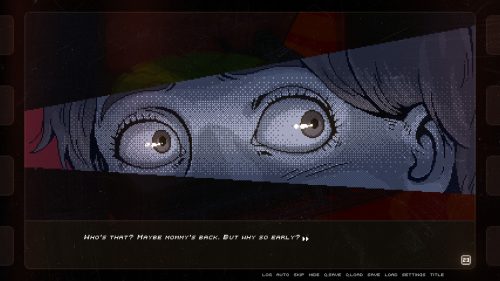


Combat?
Yeah, Combat will be mentioned but only in passing because I do not have the cartridge. I did have the 32-in-1 but I wasn’t going to switch the machine off and on 15 times to bring it up…
This is a lot of fun, Joel (I almost typed “HM” there). It’s particularly interesting reading what your children make of the games!
My partner still has her old Atari – a 2600 I think – and games, boxed up with child’s felt tip drawings all over the box. We talk every so often of cracking the box and spending a day drinking beer and playing old games. She fondly remembers them, whilst I have probably never played any of them, never having owned an Atari. We’ve not done this yet, but if we did, it would feel like a very Arcadian Rhythms thing to write about.
Hi Shaun, you should thank @zarawesome for this because I had no intention of writing this up (too retro for me) but after reporting some findings in Twitter he said I should write this up. It’s a lot longer then I expected.
I decided I would cast a real critical eye, from a modern perspective, without the nostalgia glasses and see what happened. I think my son is getting over his own addiction to graphics and starting to appreciate playing games which are “fun”. Having said that, if I gave him an hour to play anything he wanted he would not choose a VCS title, opting for something like Minecraft or Broforce.
P. S. I only really have pictures of this because I was taking film for possible inclusion in A Field of Flowers. Fortuitous. The first photo is mine as well: those are games I have.
Honestly, if given an hour to play anything I wanted, I think I’d choose Minecraft over Space Invaders too. When I played SI back in the day (in the arcades, because I didn’t own a VCS) it was as much because of the novelty of the medium as it was for the cleverness of the gameplay. Not that there wasn’t a degree of strategic thinking involved, but it seems fairly unsophisticated now.
Maybe we’ve entered an era where the joy of early gaming classics needs to be taught at the classroom level the way that appreciation for silent movies needs to be taught. Yes, students, D.W. Griffith really was the first director to intercut between long shots and close-ups, as pedestrian as that may seem in an era of virtual cameras and CGI. Now go watch something from Christopher Nolan…
Chris, I’ll definitely be coming to some conclusions in the… conclusion of this article. I don’t want to reveal my hand too much at this point, but I sympathise: I’m not sure I want to play Space Invaders either.
I am tempted to agree about the need to play older games to establish an understanding of historical context and game genealogy. I am missing Mario Bros myself as well as anything else on that Nintendo machine. I feel the knowledge help sometimes.